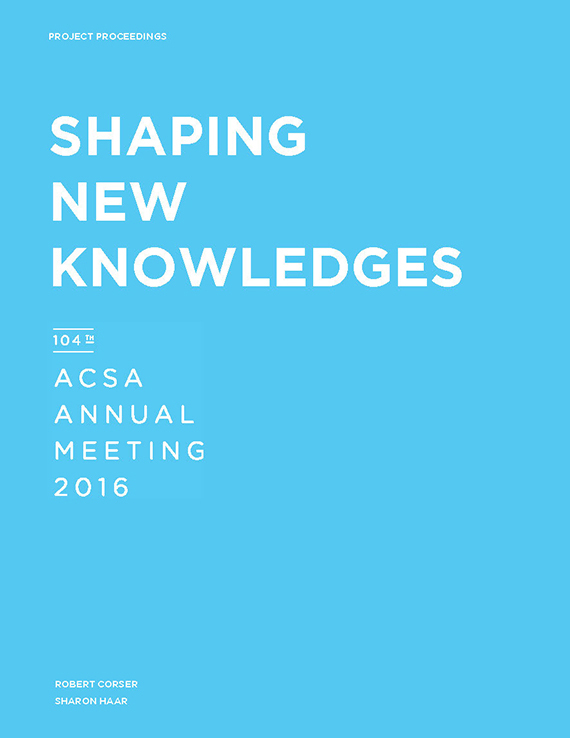Author(s): Mark Ericson
A circle is defined by a point rotating aboutanother point at a fixed distance, and can beprecisely described by the mechanical draftingtool of a compass. This simplicity allows forit to be easily dismissed, within the complexitiesof contemporary digital work in whicha wide variety of curves can be describedthrough software built-in computational processes.However, it is exactly the simplicity ofthe circle that enabled architects to use it toengender a wide variety of complex forms inthe history of architectural drawing. As RobinEvans has pointed out, the orthographicdeformations of a circle remain “commensurable”through the direct relationship with ameasurable source figure. Circular deformationthrough orthographic projection allowedfor the generation of numerous related andyet “nameless” curvatures whose linear connectionto the circle allowed them to be bothmeasured and built.1 What Evans did notpoint out, and what was central to the constructionof drawings of vaults with crosssectional profiles of “nameless” curvature,was a practice that had much more to do withcomputation than it did with representation.This practice, as studied in the following work,offers a historical counterpoint to the role ofboth curvature and computation in contemporarypractice.
Volume Editors
Robert Corser & Sharon Haar
ISBN
978-1-944214-02-9

 Study Architecture
Study Architecture  ProPEL
ProPEL 
